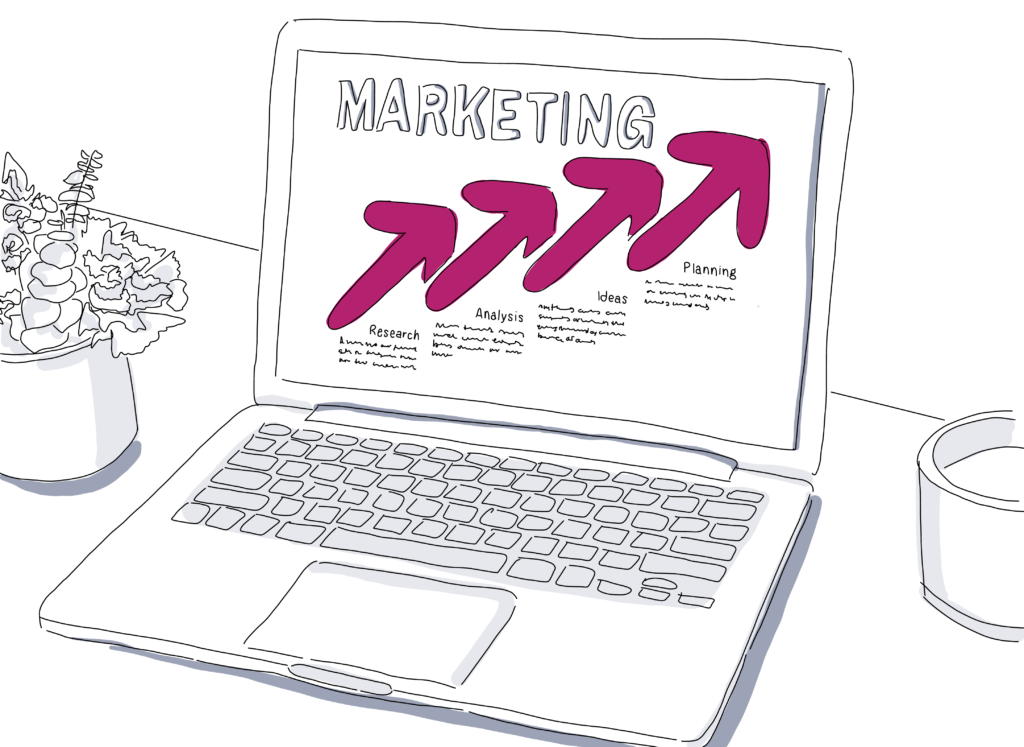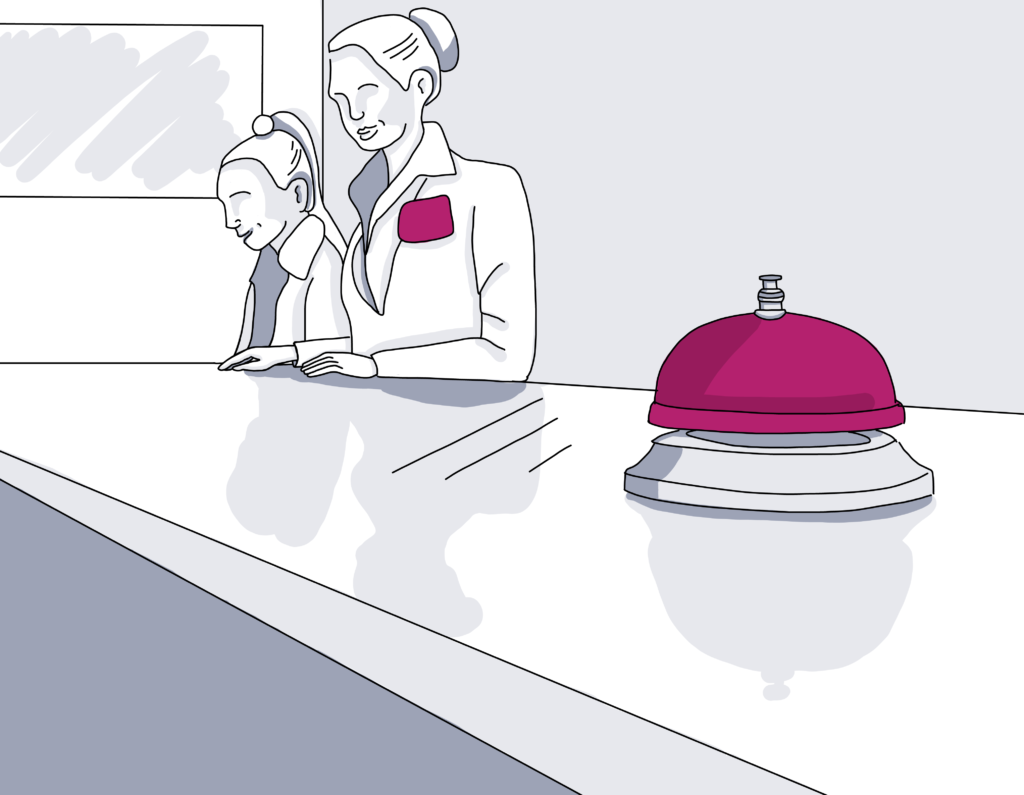
Hotel Digital Marketing: 5 Best Practices We Learned from The Pros
In an age of ever-expanding digital interconnectivity, hotel digital marketing professionals must adapt to changing customer demands.
But the best in the business aren’t satisfied to just adapt. And they would rather lead than follow, by surprising and delighting clients with daring and imaginative initiatives.
The top hotel companies know how to shape customer preferences better than anyone, which helps to explain their immense success. Hotel managers and marketing experts everywhere can learn a lot from their example and must learn from their example if they expect to ride the digital wave to glory.

Best practices in hotel digital marketing are changing on the fly. And here are five you should be up to speed on, along with fascinating examples of how the world’s most prestigious hotel chains are putting them into action.
[Tweet “The best in the hotel business aren’t satisfied to just adapt when it comes to digital marketing.”]
1. Embracing digital media with gusto.
Example: Marriot International’s Travel Brilliantly digital magazine.
Travel Brilliantly began as a website targeted at millennials. It has now evolved into a sleek digital magazine that caters to the desires of travelers seeking new adventures, new perspectives, and new vistas.
Diverse in long-form content, Marriot’s quarterly digital publication features interviews with prominent thinkers from various walks of life. It discusses emerging trends in travel, introduces specific hotel innovations, and offers fresh contributions from partner companies like the art/tech company VSCO and the media organization TED. Each issue is organized around a single theme that challenges travelers to rethink their old assumptions. And to also reimagine what is possible, in a world where new experiences are always just beyond the horizon.
Travel Brilliantly Marriot is marketing the entire travel experience to younger clients and anyone else looking to explore unchartered territories. In doing so Marriot is repositioning itself as a smart travel resource. It’s expanding the scope of its expertise and giving potential clients good reasons to return to their Travel Brilliantly site.
2. Letting the customer come to you (or at least letting them think they’re coming to you).
Example: Hyatt’s Google Lightbox Ad campaign.
In response to surveys that suggested problems reaching female business travelers, Hyatt launched an ambitious video advertising campaign. This took place across multiple digital platforms with the help of Google Lightbox Ads. When viewers hold their cursors over a Lightbox Ad for two seconds, it blooms to cover the full screen. It creates a memorable visual experience with a brand-specific message that entertains even as it informs.
So far Hyatt’s approach has proven wildly successful. And they’ve surpassed the industry average with a 2.8 percent engagement rate on their Lightbox video packages. Using this aggressive yet unobtrusive hotel digital marketing strategy, Hyatt has expanded its demographic reach as desired. They offer carefully customized content in an opt-in/opt-out format that puts the customer in the driver’s seat.
That feeling of autonomy and personal choice only strengthens the impact of well-crafted advertising. They have eliminated the normal resistance a customer might feel when confronted with obvious marketing tactics.

3. Marketing digital convenience in a package format.
Example: Hilton’s HHonors loyalty program plus complementary app.
If greater convenience is what hotel customers seek, why not give it to them in a fully streamlined package? That’s what the fine folks at Hilton Hotels & Resorts have done, with their HHonors customer loyalty program plus accompanying app.
To help spread the good word about its amazing benefits, Hilton supported the HHonors rollout in 2016 with a ˜Stop Clicking Around’ informational campaign. And this introduced travelers to the ease and convenience of direct booking. ˜What’s good for us is good for you’ was the message of this campaign, and as of early 2017 Hilton was snaring an average of one new enrollee every three seconds.
But the HHonors initiative was only part of Hilton’s plan to market a smoother customer experience. In conjunction with their HHonors enrollment, clients can download an associated app that lets them choose specific rooms, check-in, and check-out remotely and even open their hotel rooms with the app’s digital key.
Nothing offered in the Hilton HHonors program is overly exotic by modern industry standards. But they’ve gotten a jump on the competition by packaging digital benefits together, and that syncretic approach to customer service is one of the best ways to make an impression on the discriminating digital-age traveler.
[Tweet “If hotel customers seek greater convenience, why not give it to them in a fully streamlined package?”]

4. Never forgetting that travelers prioritize the destination over the accommodation.
Example: Choice Hotel’s Travel Top 6 Guide for European tourists.
European travelers can explore the continent’s most popular and desirable destinations from the comfort of their own homes by visiting Choice Hotels’ Travel Top 6 online tourism hub.
To begin their adventures, Travel Top 6 visitors can simply click on a photograph of Rome, London, Frankfurt, Cannes, Vienna, Budapest or two dozen other well-known tourist meccas. Before their eyes, a menu of options will appear that will introduce them to the spectacular sights, sounds, tastes, smells and overall ambiance of their chosen location.
Direct booking options are readily available on each travel destination page, entirely appropriate since Choice has facilities in each city, village or region.
Choice Hotels’ centralized model for browsing is perfect for European vacationers. But it provides an ideal template for smart hotel marketers everywhere who want to market their locations in addition to their facilities. Choice is building brand loyalty by anticipating its customers’ traveling preferences and catering to them profusely, and there’s nothing to stop any other hotel from doing the same.

5. Never put limits on what the technology can do”and what you can do with it.
Example: InterContinental’s experiment in virtual reality.
Even the biggest hotel companies can’t offer accommodations everywhere in the world.
But InterContinental Hotels Group has found a way to work around that problem. Or more specifically, the technology to work around that problem: virtual reality. As a result, visitors to several InterContinental properties in China can now enjoy a fully immersive virtual reality experience. And this can be done in a special gaming and entertainment zone or from the privacy of their own rooms.
Hype and techno-wizardry aside, virtual tourism and entertainment will never be a substitute for the real thing. But as a three-dimensional supplement, it can bring unprecedented depth and breadth to the travel experience”and offer a ridiculous bounty of marketing opportunities to those smart enough (like InterContinental) to jump on the train before it hits full speed.
Virtual tourism in many ways is the final frontier, and InterContinental is boldly going where no one has gone before. This pilot project will break new ground in hotel digital marketing, and the sky is the limit on what InterContinental can accomplish as they blend and bend their best digital marketing strategies to accommodate the brave new virtual world.
[Tweet “Virtual tourism and entertainment can bring unprecedented depth and breadth to the travel experience.”]
Hotel Digital Marketing: Finding the Winning Edge
In each of our five examples, these hotel giants evaluated customer preferences and expectations. They then devised strategies not to meet them, but exceed them. Innovation means staying one step ahead of the game, and the best way to do that is to rewrite the rules as the game progresses.
In hotel marketing, being proactive and inventive always equals success. That formula can make a winner out of any marketing professional regardless of the size or reputation of the hotel that employs them.
Up next, discover the top SEO marketing tips for hotels, and the reasons hotel’s need to embrace content marketing to grow.
What are your favorite hotel digital marketing strategies? Join us on Facebook or Twitter @socialtables to let us know!

